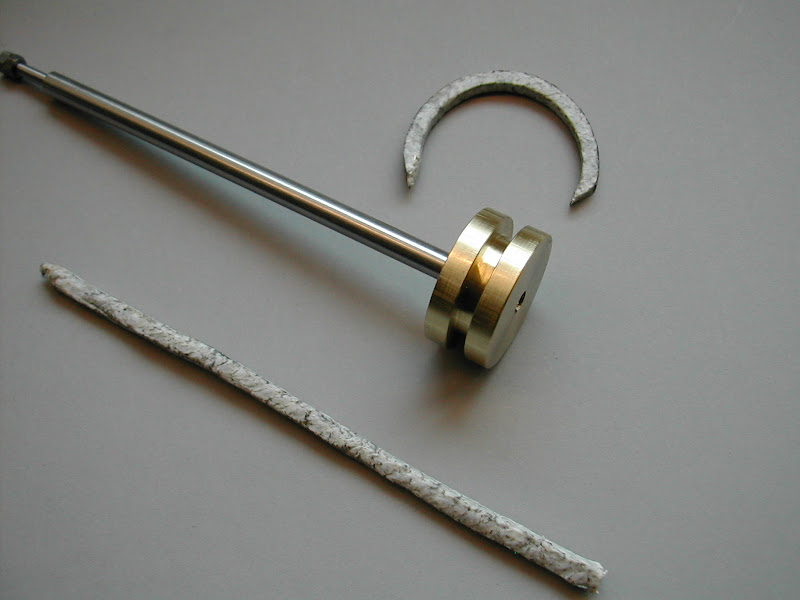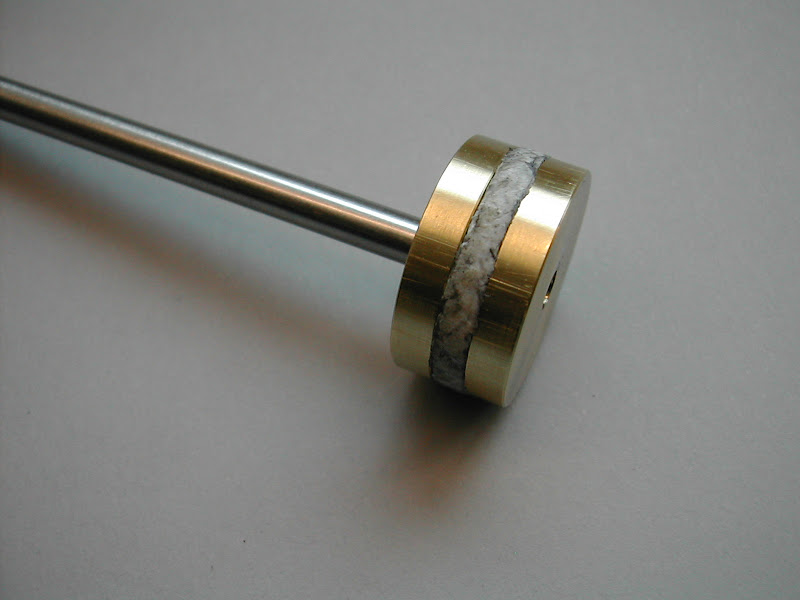Hi
I have started a portable engine build over in the "a work in progress" section. I'm thinking a little way ahead here. I have a bronze cylinder casting that with a little modification will be useable. I'm thinking of using a stainless steel piston. I will be steaming this model, hopefully coal fired, by the way. It won't be doing any real work just fired occasionally.
Can I run a stainless piston directly in the bronze cylinder?
Iv'e heard mention of making a PTF piston ring which has I believe low friction?
As always any advice will be most welcome.
Cheers
Rich
I have started a portable engine build over in the "a work in progress" section. I'm thinking a little way ahead here. I have a bronze cylinder casting that with a little modification will be useable. I'm thinking of using a stainless steel piston. I will be steaming this model, hopefully coal fired, by the way. It won't be doing any real work just fired occasionally.
Can I run a stainless piston directly in the bronze cylinder?
Iv'e heard mention of making a PTF piston ring which has I believe low friction?
As always any advice will be most welcome.
Cheers
Rich






